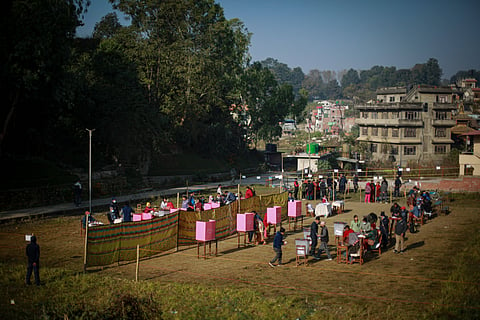Federalism is the most significant ideological divide in Nepali politics
After the federal and provincial elections in Nepal in November 2022, the rise of newer parties dominated the news. Kathmandu was especially buoyant about the surprise emergence of the Rastriya Swatantra Party (RSP) – a makeshift outfit set up six months before the elections by a bombastic television personality (in)famous for his sting journalism, Rabi Lamichhane. The subsequent controversy surrounding Lamichhane's citizenship – it emerged that he had not completed the process of reacquiring Nepali citizenship as per Nepal's laws – added more intrigue to his story. The RSP's rise was paralleled by the ascent of two parties from outside Kathmandu, the Janamat Party (JP) and the Nagarik Unmukti Party (NUP), but they were far less discussed.
The true winner of the 2022 elections was Pushpa Kamal Dahal, alias Prachanda, the former Maoist guerilla leader and now chief of the Communist Party of Nepal (Maoist Centre). His party lost 19 seats from the last election, holding on to only 32 seats in the 275-member House of Representatives. Yet he managed to land the prime ministership with near unanimous support from parliament in his first vote of confidence. Dahal cobbled together a coalition with the Communist Party of Nepal (Unified Marxist Leninist) by breaking his party's pre-election alliance with the Nepali Congress. The coalition also formed governments in all seven provinces of Nepal. Even the ostensible opposition, the Congress, voted in support of the government in parliament, with only two parliamentarians voting against Dahal. The near unanimity disguised the instability that has been inherent in Nepal's polity. This became apparent when Dahal soon changed his tune and supported the Congress's candidate for presidential election, instead of the preferred choice of his governing partners in the UML, effectively breaking the hastily put together post-election coalition. Dahal remains the prime minister now, but with the Congress as governing partner and the UML pushed out.

